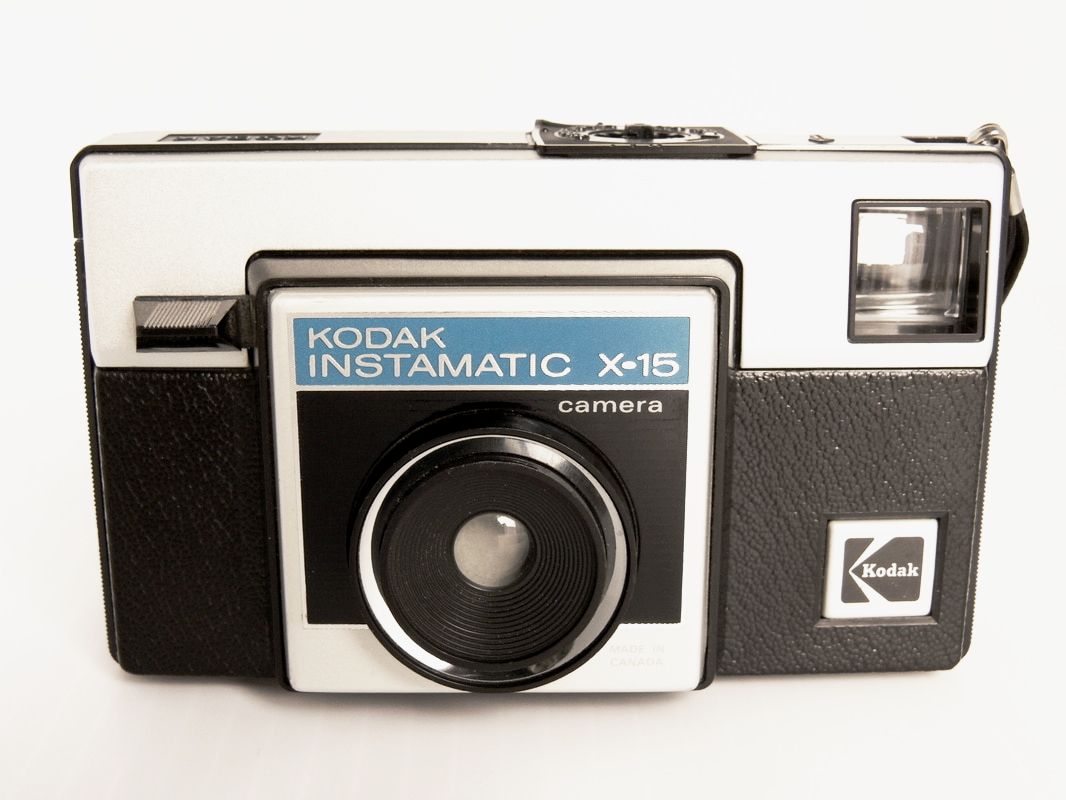|
Updated Dec. 1, 2023 Welcome to the fourth installment of our "Choosing a Vintage SLR System" overviews! It features Olympus, one of the most influential Japanese camera manufacturers. We will work our way through: 1) Lenses, 2) Bodies, 3) Flash, 4) Accessories, and 5) Reliability & Servicing. But first...a little introduction :-). Olympus first came to prominence in photography in the late 1950s and early '60s with their half-frame (18x24mm, which was half of the 35mm frame) Pen series of cameras specifically targeted at the Japanese and later, the European markets. They were designed to be affordable for the average worker and economical to operate while still providing decent quality for an 8x10 print. Olympus sold millions of Pens. Ironically, it was the refusal of Kodak to support the half-frame format in the USA that pushed Olympus into the 35mm arena. For a more in-depth look at this turn of events, see this article. Although Olympus was the last of the major Japanese manufacturers to get into the 35mm SLR game, they made quite the splash in 1972 when they finally joined the fray. The immense influence Olympus exerted on the photographic world was due, in large part, to the efforts of the brilliant designer Yoshihisa Maitani and his team of engineers. The creator of the Pen and OM series was always seeking to do something different, not just copy others, and this does much to explain the success of Olympus over a three-decade period with its film-based equipment. The OM series would do more to reduce the size and weight of 35mm SLRs than any other system. What is more interesting was the impact this had on the other, more well-established manufacturers (Canon, Minolta, Nikon, & Pentax) known as the "Big 4". By the late-'70s, that designation had to be changed to the "Big 5", due to the success of the OMs. So let's take a closer look at all the OM system has to offer.
3 Comments
The history of Kodak is a very human one with examples of ingenuity, tenacity, and decisiveness, alongside of arrogance, complacency, and fallibility. Much has been written about the brilliance of George Eastman in creating a mass market for photography and his company's subsequent mastery of that market for a century. More recently, the bulk of analysis has focused on the fall of Kodak from dominance and the underlying causes. 130+ years is not a small field of study by any means, so let's examine just a 25-year slice of Kodak's life that will illustrate how Kodak transitioned from a proactive, anything-but-complacent juggernaut to an increasingly reactionary player in the photography market. The period from 1963 to 1988 is a fascinating one as it contains the best and worst of Kodak. |
C.J. OdenbachSuffers from a quarter-century and counting film and manual focus SLR addiction. Has recently expanded into 1980's AF point and shoots, and (gack!) '90s SLRs. He even mixes in some digital. Definitely a sick man. Categories
All
Archives
June 2024
|


 RSS Feed
RSS Feed